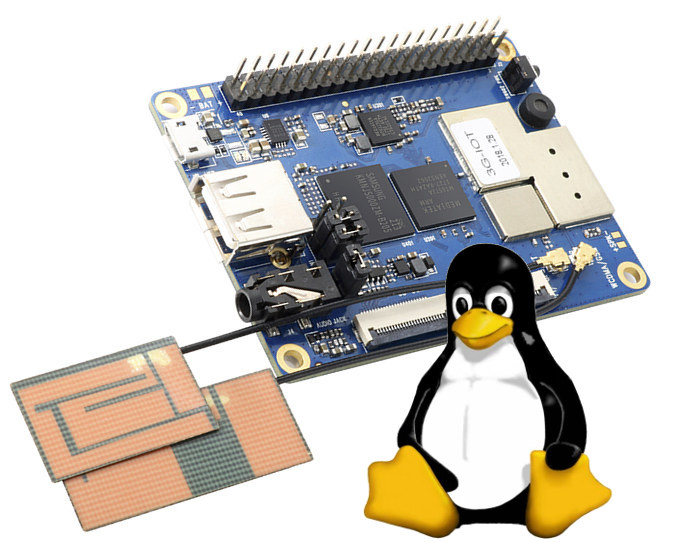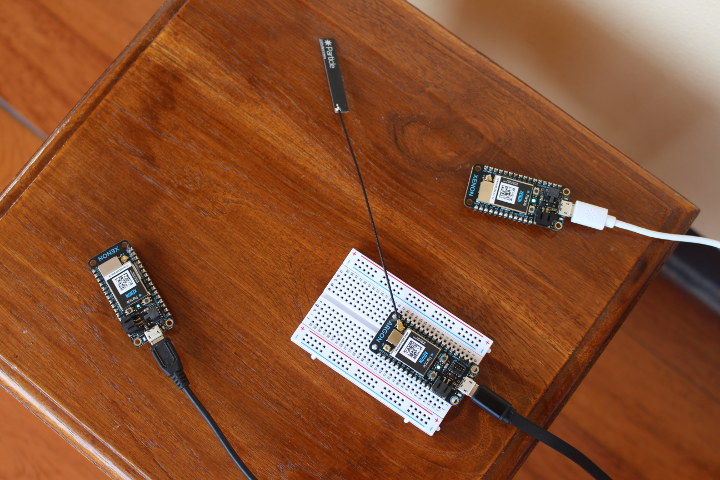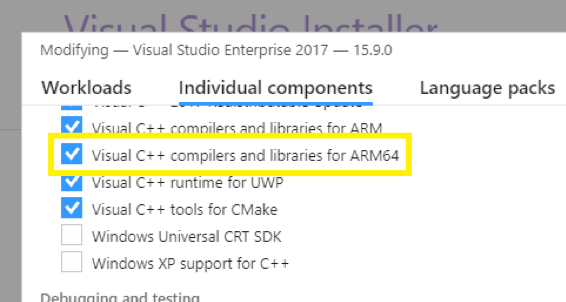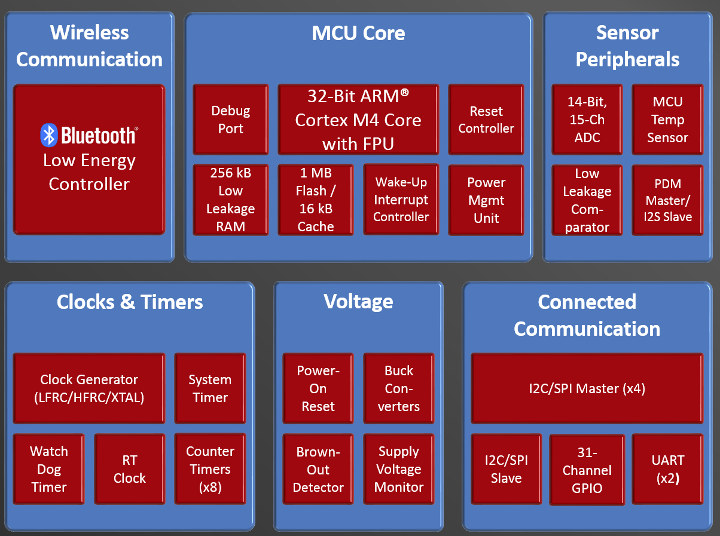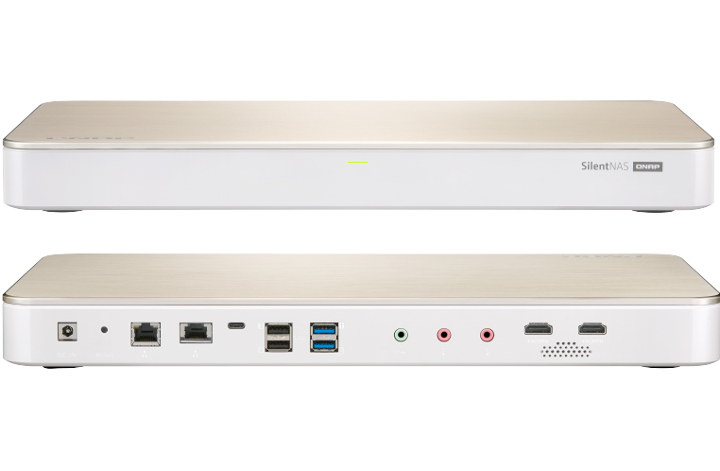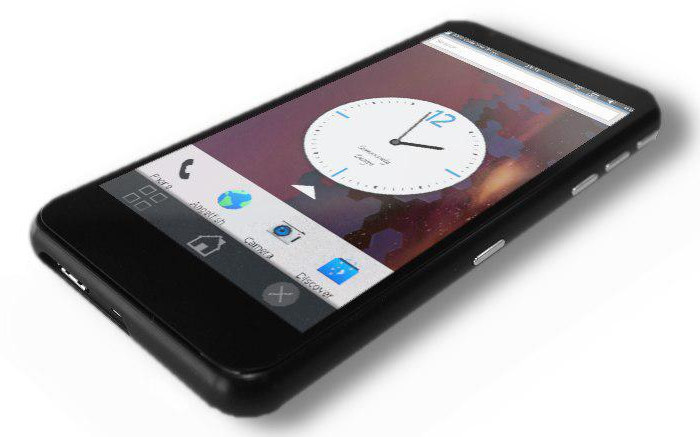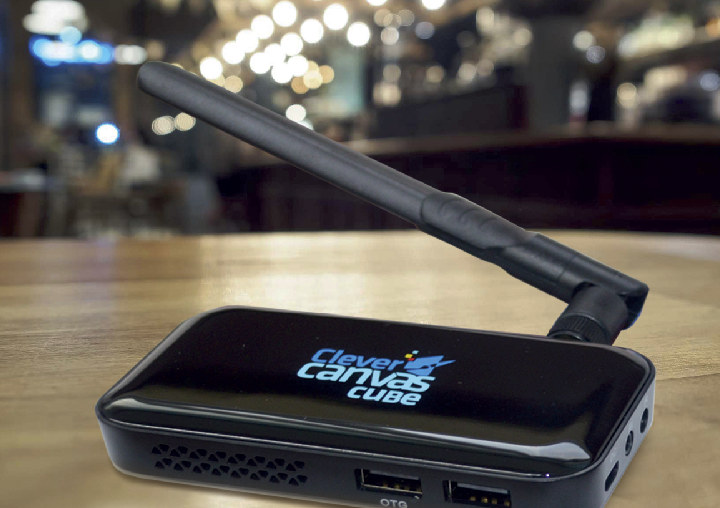Shenzhen Xunlong has launched several cellular IoT boards over the last few years with Orange Pi 2G-IoT, Orange Pi 3G-IoT and Orange Pi 4G-IoT, but each time, they are launched with Android support only. Linux support on the 2G board has never been great, while the Android 8.1 SDK for Orange Pi 4G-IoT was released earlier this year, but no Linux image are available. This leaves us with Orange Pi 3G-IoT board that just got its first Linux based firmware images released today on both Baidu and Google Drive cloud storage storage services. Four images are available for Orange Pi 3G-IoT-A (256MB DDR2) and Orange Pi 3G-IoT-B (512MB DDR2) boards with images booting from eMMC flash or micro SD card. A shell script (tar_image.sh) is provided to flash the image to the micro SD card since the latter for follow a specific partition layout. Sadly, there’s no mention of the […]
Xiaomi Mi A2 Review – Part 1: Unboxing, Firmware Update, Antutu
I’ve been using Xiaomi Mi A1 smartphone for well over a year, and during my initial review I was quite satisfied with the phone, and over time I was also pleased to receive regular firmware updates (monthly), and even an update to Android 8.0 and 8.1. Eventually, I found out the camera would be work that well in all situation as you can see from photos in that post, and a few months ago, I broken the display during a cycling trip, and eventually the phone basically died after one year due to an issue with the eMMC flash that become unbearably slow. I intend to use it at least for 18 months, since we can expect firmware update during that time frame. But it was not meant to be, and I was due for a new phone. Xiaomi Mi A2 / A2 Lite smartphones were launched in August, and […]
Particle Mesh Networking Review – Part 2: Getting Started Guide with Argon & Xenon
I’ve recently received a Particle Mesh IoT Development Kit with one Argon WiFi + Mesh (802.15.4) board acting as gateway, three Xenon Mesh boards, and various sensors and accessories. I’ve already showcased the hardware in the first part in the review, so in this post I’ll post my experience getting started with Particle Mesh networking using the kit. Beside the kit, you’ll need a few micro USB cables, a mobile phone running Android or iOS, a reliable Internet connection (more on that later), and a host PC for programming and debugging potential issues. Setting Up Particle Argon & Xenon boards First we’ll need to configure / setup the boards. Go to https://setup.particle.io to login or create an account if you don’t already have one, and you should be brought the following page. Select Mesh, and you’ll be asked to setup a gateway first. Any of the boards from Particle Mesh […]
Microsoft now Supports ARM64 Apps in Visual Studio 15.9, Microsoft Store
The first “proper” Windows Arm laptops became available earlier this year, but they disappointed most people due to their high price and relatively poor performance. They only really make sense for people who need LTE connectivity and very long battery life (over 20 hours). Price will likely stay elevated for the foreseeable future, but at least performance will increase thanks to faster processors such as Qualcomm Snapdragon 850 processor found in Lenovo Yoga C630 WOS Laptop ($849.99 and up once available), and the rumored sm8180 laptop processor that may be, or not, announced on December 4-6 during Snapdragon Tech Summit. Hardware is one thing, but software is also important. As far as I understand, while UWP (Universal Windows Platform) apps already supported native 32-ARM compilation , legacy Win32 apps relied on x86 “emulation” / binary translation, which may slowdown performance. But Windows users may also get some software optimization soon, […]
Ambiq Apollo2 Blue Ultra Low Power MCU adds Bluetooth Connectivity
Ambiq Micro unveiled their ultra-low power Apollo MCU back in 2015 with claims of Cortex-M4 performance at Cortex-M0+ energy efficiency by leveraging SPOT (Subthreshold Power Optimized Technology) technology that allows operating the microcontroller at very low voltages (less than 0.5V). Since then the company introduced Apollo2 MCU with 10 μA/MHz power consumption, but still a generic purpose microcontroller. Earlier this year, the company unveiled a new version of Apollo2 microcontroller adding Bluetooth connectivity, and allowing Bluetooth applications that last years on a charge. Meet Apollo2 Blue. Apollo2 Blue key features and specifications: Arm Cortex-M4 Processor up to 48 MHz with FPU, MMU, wake-up interrupt controller with 32 interrupts Ultra-low power memory Up to 1 MB of flash memory for code/data Up to 256 KB of low leakage RAM for code/data 16kB 1 or 2-way Associative Cache Bluetooth 5 Low Energy RF sensitivity – -95 dBm TX: 5mA @0 dBm; RX: […]
QNAP HS-453DX Fanless NAS Features Gemini Lake Processor, 10GbE, HDMI 2.0
Intel Gemini Lake processors are usually found in consumer products such as motherboards, mini PCs, tablets, and laptops, but QNAP has just announced a fanless NAS – QNAP HS-453DX – targeting home users, and equipped with an Intel Celeron J4105 Gemini Lake processor, the same chip as found in the recently launched ODROID-H2 SBC. The NAS comes with 4 to 8GB RAM, supports two 3.5″ hard drives, two M.2 SSD, and includes interfaces like HDMI 2.0 outputs and 10Gb Ethernet, making it not only suitable as a high-speed NAS, but also as a 4K media player. Two versions of the NAS are available: QNAP HS-453DX-4G and HS-453DX-8GB only differing by the amount of RAM. Specifications: SoC – Intel Celeron J4105 quad-core processor @ 1.5 GHz / 2.5 GHz with Intel UHD Graphics 600 System Memory – 4 or 8GB via 2x SO-DIMM DDR4 sockets Storage 4GB eMMC flash for firmware […]
Necuno Mobile Open Source Linux Smartphone is Powered by NXP i.MX 6 Processor
A few years ago, various companies tried to develop other Linux based mobile operating systems, but most failed with Mozilla Firefox OS discontinued, Samsung Tizen is not being used in smartphones anymore, and Sailfish OS giving up the consumer market focusing on governmental and corporate customers instead. There’s still a niche market however for privacy-focused, open source Linux smartphones, and we’ve already covered NXP i.MX 8M based Purism Librem 5 smartphone scheduled to launch next year with GNOME based PureOS operating system, and the ability to switch to PureOS with KDE Plasma Mobile or Ubuntu Touch. Necuno Mobile will be another Linux smartphone based on an NXP processor, but instead of relying on a 64-bit i.MX 8M processor, it will be equipped with the older 32-bit i.MX 6Quad processor, and according to the company be “100% open source device, from metal to pixel, from hardware to software”. Necuno Mobile preliminary […]
Ugoos Clever Canvas Cube TV Dongle Makes Digital Signage Easy
When I was first informed about Ugoos Clever Canvas Cube, I ignored it because it just looked like an another “old” Amlogic S905 TV stick running Android 5.1. But I came across it again today, and I realized the device is not designed to stream video per se, but instead it’s loaded with digital signage software that makes it easy to compose layout from photos, and text directly from your mobile phone, with the content then uploaded to the stick over the cloud. Ugoos Clever Canvas hardware is actually Ugoos AM2 with the following specifications: SoC – Amlogic S905 quad core Cortex A53 processor with penta-core Arm Mali-450MP GPU System Memory – 1GB DDR3 Storage – 8GB flash, micro SD card slot up to 32GB Video & Audio Output – HDMI 2.0 up to 4k @ 60 fps, 3.5mm AV output with composite and stereo audio Connectivity – Dual band […]

